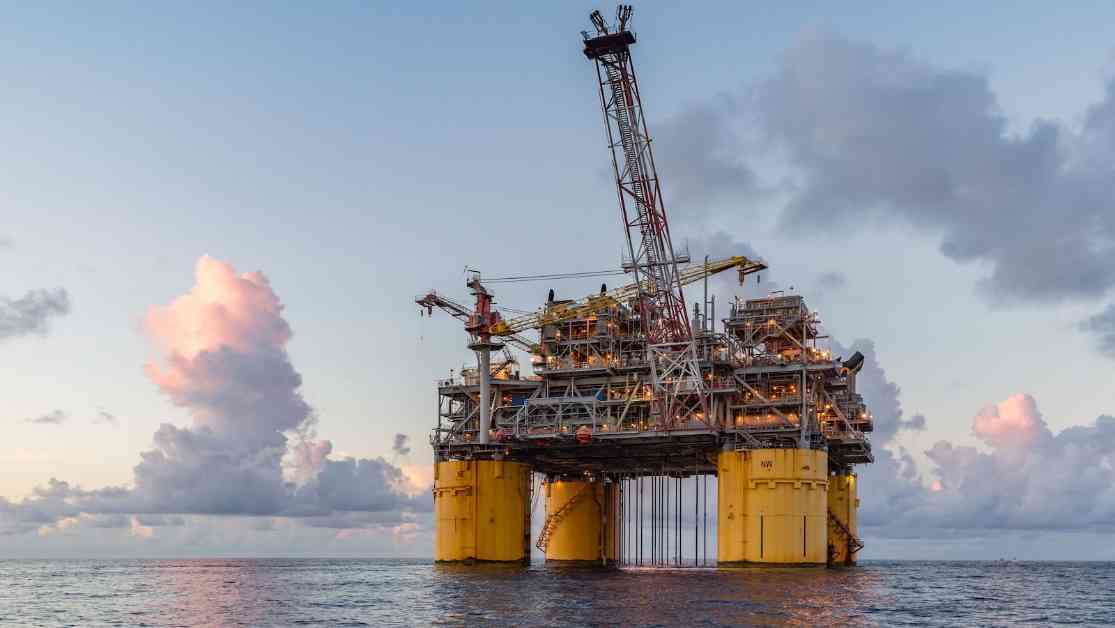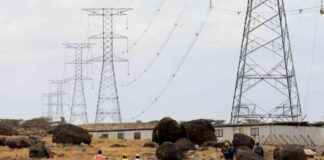Despite President Trump’s push for increased oil drilling, the oil market in the Gulf of Mexico remains stagnant. Most oil companies continue to hold onto untapped leases across vast swaths of land, waiting for optimal conditions to exploit these resources. This has led to a situation where only a small fraction of active leases in the Gulf are currently producing oil, creating a dilemma for the industry.
From an economic standpoint, the market is oversaturated with oil, causing companies to be cautious about investing more in drilling operations. The fear is that an influx of new oil into the market will drive prices down, reducing profits and making it an unattractive investment for oil companies. This hesitancy to drill is more of an economic issue than a regulatory one, as stated by industry experts.
Global oil production is projected to outpace demand in the coming years, which will likely lead to a drop in oil prices. This further complicates the situation for oil companies, as lower prices would make drilling less lucrative. The Gulf of Mexico plays a significant role in the U.S. offshore oil and gas production, but the utilization of active leases remains relatively low compared to the total acreage under lease.
The current regulatory environment, shaped by stringent safety and environmental standards established after the Deepwater Horizon disaster, has made obtaining drilling permits a lengthy process. Companies are required to adhere to strict guidelines to prevent potential disasters and ensure operational safety. The Trump administration’s efforts to streamline these regulations have been met with mixed reactions, with industry leaders welcoming the changes while critics warn of potential risks.
Despite the availability of untapped leases, the excess supply of oil and the economic considerations have deterred companies from ramping up drilling activities in the Gulf. The focus has shifted towards optimizing existing production rather than seeking new reserves offshore. This strategic shift is influenced by market dynamics and cost considerations, with industry analysts suggesting that companies are more likely to prioritize onshore drilling in regions like the Permian Basin.
While companies may acquire more offshore leases for various reasons, including financial strategies or competitive positioning, the environmental impact of such practices cannot be overlooked. Reports indicate that the rapid sale of leases may not necessarily translate to increased oil production but could pose risks to the environment and taxpayers. Critics argue that facilitating easier access to leases and permits could compromise safety standards and lead to potential environmental disasters.
In the broader context of energy policy, there are concerns about the implications of promoting offshore drilling over alternative energy sources like wind power and LNG exports. Critics argue that prioritizing oil drilling over cleaner energy options could have adverse effects on energy prices and environmental sustainability. The debate surrounding energy policy underscores the need for a balanced approach that considers both economic interests and environmental concerns.
In conclusion, the challenges of increasing oil drilling in a saturated market are multifaceted, encompassing economic, regulatory, and environmental factors. While the push for expanded drilling opportunities continues, the industry must navigate complex market conditions and regulatory frameworks to ensure sustainable and responsible oil production. The delicate balance between economic incentives and environmental stewardship remains a critical aspect of the ongoing debate surrounding oil drilling in the Gulf of Mexico.














